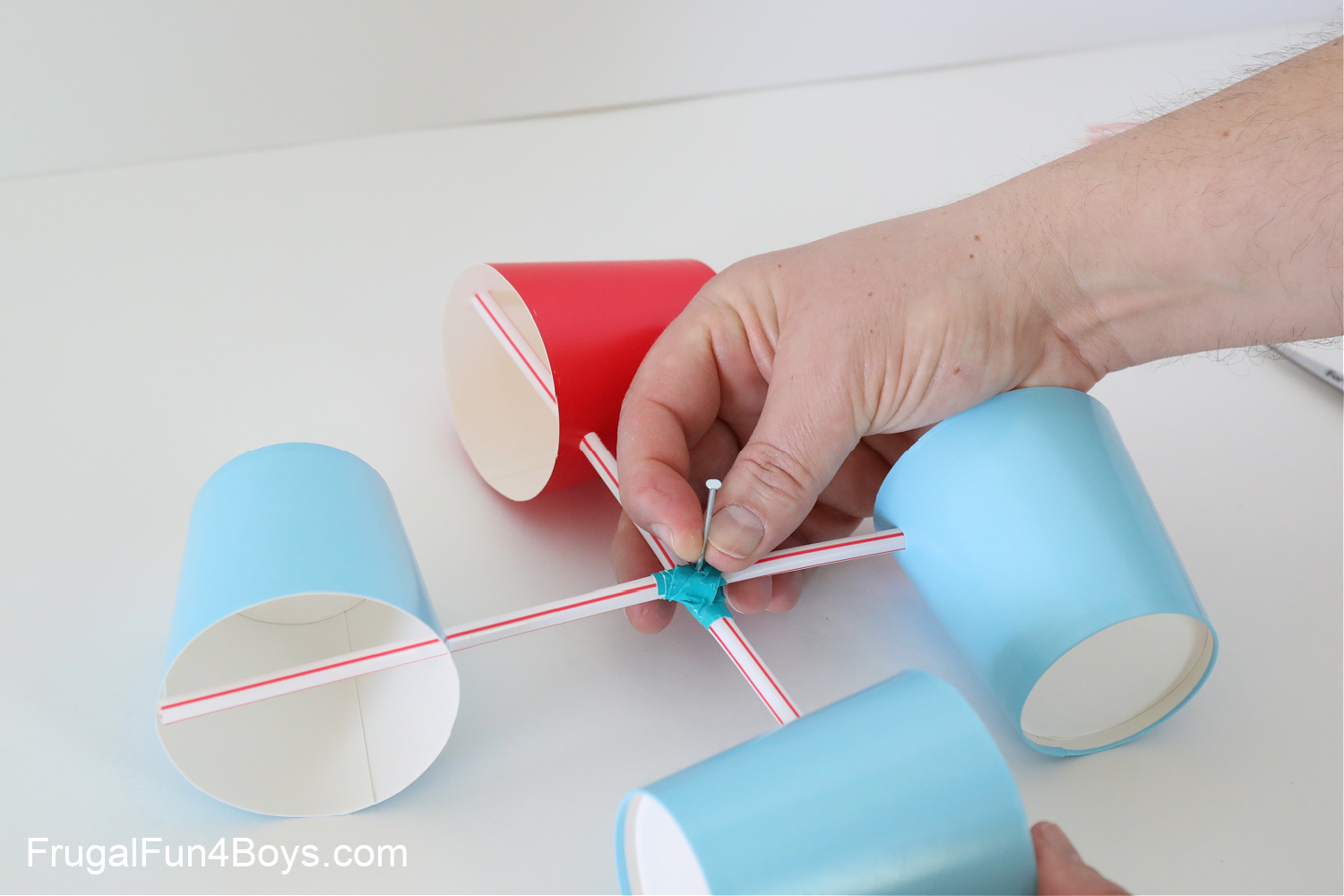Picking the Right Anemometer: A Comprehensive Acquiring Overview
Picking the Right Anemometer: A Comprehensive Acquiring Overview
Blog Article
Exploring the Functions and Advantages of Anemometers for Weather Condition Fanatics and Specialists
Anemometers stand as instrumental devices in the world of climate surveillance, satisfying both fanatics and skilled experts alike. These tools use a home window right into the vibrant world of wind patterns and speeds, providing vital information for atmospheric evaluation and projecting. From cup anemometers to sonic anemometers, each type brings its unique collection of applications and advantages, clarifying different elements of weather. As we look into the functions and benefits of anemometers, a much deeper understanding emerges not only of dominating climate sensations however also of the more comprehensive effects for markets like wind energy production and ecological research study.
Importance of Anemometers in Weather Surveillance
Anemometers play a critical duty in weather condition monitoring by giving accurate measurements of wind rate, helping in projecting and understanding weather condition patterns. These tools, ranging from standard cup anemometers to contemporary ultrasonic anemometers, are essential for meteorologists, scientists, and weather lovers alike. By measuring wind speed, anemometers aid in establishing the intensity of climate sensations such as storms, storms, and twisters. In addition, they supply beneficial data for aviation, maritime operations, and different sectors that are delicate to wind conditions.

Kinds Of Anemometers and Their Applications
The most usual types of anemometers include cup anemometers, vane anemometers, hot-wire anemometers, and ultrasonic anemometers. Cup anemometers are composed of 3 or four cups installed on horizontal arms that rotate with the wind, gauging its speed. Vane anemometers, on the various other hand, use an openly rotating vane to straighten with the wind direction, providing both wind speed and direction measurements.
Each kind of anemometer has its distinct benefits and applications. Mug anemometers are suitable and robust for basic weather condition surveillance, while vane anemometers are favored for directional dimensions. Hot-wire anemometers are sensitive to low air rates, making them excellent for indoor atmospheres. Ultrasonic anemometers are non-intrusive and supply high precision, often utilized in study and specialized weather tracking applications. Recognizing the characteristics and applications of each kind of anemometer is vital for selecting the most proper tool for details weather checking demands.
Advantages of Utilizing Anemometers in Forecasting
In weather forecasting, the application of anemometers uses vital advantages for enhancing the accuracy of climate projecting. Anemometers determine wind speed and direction, giving critical information for predicting weather condition patterns. By incorporating wind data right into forecasting models, meteorologists can better understand the activity of weather condition systems, expect changes in weather, and problem much more accurate projections.
In addition, anemometers play a crucial role in assessing possible weather risks. Keeping track of wind rates assists forecasters predict extreme weather condition occasions such as cyclones, hurricanes, and winter tornados with higher precision. This early caution system allows authorities to release prompt informs and implement needed security actions, minimizing the risks to life and home.
Additionally, anemometers assist in maximizing renewable resource production. By evaluating wind patterns, meteorologists can recognize ideal places for wind ranches and predict energy result, contributing to the effective generation of wind power.

Anemometers in Wind Energy Manufacturing
Given the essential role anemometers play in giving accurate wind information for climate projecting and danger evaluation, their importance reaches the world of wind power manufacturing. Anemometers are crucial instruments in the field of wind energy, where the measurement of wind speed and direction is important for establishing the usefulness and efficiency of wind turbine installations. By precisely determining wind click this site rates at varying elevations, anemometers assist optimize the placement and design of wind generators to make best use of power result.
In wind farms, anemometers are tactically put to gather real-time wind data that is used to evaluate the potential energy production of a website. This data is critical in figuring out the financial feasibility of wind energy projects and in projecting power generation to ensure grid security. In addition, anemometers help in monitoring wind problems to maximize generator performance, avoid damage from high winds, and ensure the safety of personnel functioning in the location of wind turbines.
Enhancing Weather Understanding With Anemometers

Anemometers play a key role in enhancing our understanding of microclimates. These localized weather can vary significantly from wider local forecasts, making it important to have precise data for particular areas. anemometer. By purposefully positioning anemometers in different places, researchers can collect find this detailed details on just how wind acts in different terrains, city atmospheres, or bodies of water
Additionally, anemometers add to improving climate projecting designs by providing real-time information on wind habits. This information is specifically important for predicting serious climate occasions, enhancing agricultural techniques, and supporting sectors like air travel and maritime navigation. In general, anemometers are invaluable tools that enable us Check Out Your URL to dive deeper right into the complexities of climate systems, eventually resulting in more better-informed decisions and exact predictions.
Verdict
In conclusion, anemometers play a critical role in weather tracking and projecting by measuring wind speed and direction. Anemometers likewise have applications in wind power manufacturing, further highlighting their importance in both meteorology and sustainable power fields.
From cup anemometers to sonic anemometers, each kind brings its unique set of applications and advantages, dropping light on various facets of atmospheric problems. These tools, varying from traditional cup anemometers to modern ultrasonic anemometers, are vital for meteorologists, scientists, and climate enthusiasts alike. The most typical types of anemometers consist of mug anemometers, vane anemometers, hot-wire anemometers, and ultrasonic anemometers. Mug anemometers are ideal and durable for basic climate monitoring, while vane anemometers are preferred for directional dimensions. Anemometers are important instruments in the area of wind power, where the dimension of wind speed and direction is important for establishing the feasibility and efficiency of wind generator installments.
Report this page